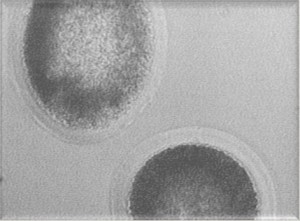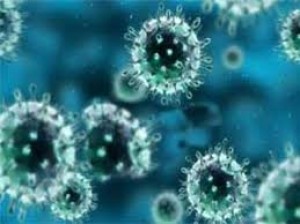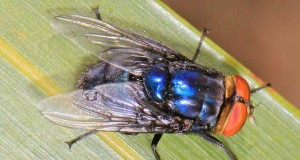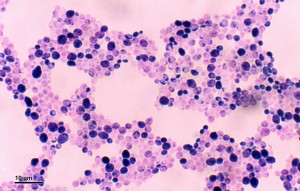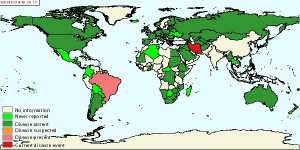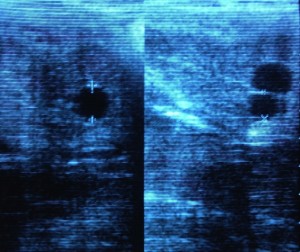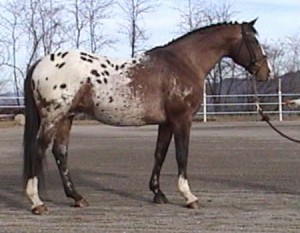Zika Virus Infection in Horses and People.
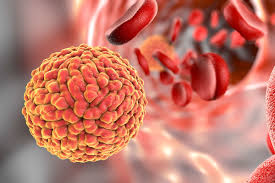
The Zika virus is not a newcomer to the global infectious disease cast of bad actors, but it is the hottest. Its initial recognition was as an infectious entity identified in 1947 from a Rhesus monkey in the Zika forest of Uganda. Hence its name. Its more infamous family members (in the RNA virus family, Flaviviridae) include but are not limited to: Border Disease Virus of sheep, Bovine Viral Diarrhea, Hog Cholera, Hepatitis C, West Nile Virus, Yellow Fever, and Dengue. Many members of this family of viruses are zoonotic,meaning the infectious agent can be spread from animals to humans. At present there is no substantiated evidence that the Zika virus can be transmitted from animals to humans. Non-human primates are being studied as a potential natural reservoir for the causative agent, but results are inconclusive. In the late 1970's, at least one report found evidence that animals (e.g., cattle, horses, goats, ducks, chickens, wild birds, bats and rats) had antibodies to the Zika virus. This indicates exposure to the virus but does not confirm that they were ill from the viral exposure, nor does it substantiate their importance as potential carriers of the virus.
Most people infected with the Zika virus have few symptoms of the disease. At most, there are reported symptoms of fever, headache, rash, muscle and/or joint pain and conjunctivitis (redness in the mucous membranes of the eyes); these may last a few days to up to a week in duration. The more serious effects of infection are in the first trimester of pregnant women whose infants are at risk of severe neurological defects (microcephaly), and in certain individuals that develop Guillain-Barre syndrome (a disorder in which the body's immune system attacks part of the peripheral nervoussystem). Guillain-Barre syndrome can strike at any age and both sexes are equally prone to the disorder. This syndrome is rare, afflicting only about one in 100,000 people. Usually Guillain-Barre occurs a few days or weeks after the individual has had symptoms of a respiratory or gastrointestinal viral infection, including but not exclusive to the Zika virus.
Zika virus was known to have caused only sporadic infections confined to Africa and limited parts of Asia. In 2007, the first major outbreak of Zika outside of Africa and Asia occurred in Yap Island (Micronesia). Between 2007-2014, Zika spread to small island groups located in Southeast Asia and the Pacific Ocean, and by 2015-2016, it spread to South and Central American countries, and the Caribbean region. While naturally acquired cases of Zika infection have not been identified in the United States as this writing, many cases are confirmed in people who have traveled back from infected countries to the US. It's only matter time before naturally acquired cases occur here. The primary method of transmission of this viral infection is through mosquitoes. Secondarily, it has also been confirmed to be spread through venereal (sexual) contact. Direct human-to-human transmission of the virus, other than by the aforementioned, is now under investigation stemming from one case reported in Utah.
The most effective means of preventing the virus from infecting people is through mosquito control programs. Many city, county and state health departments have aggressively stepped up their mosquito surveillance and control efforts in order to combat the potential spread of the virus in Southeastern, Southern and Southwestern areas of the US, where species of mosquitoes (primarily Aedes aegypti, and A. alboplictus) suspectedof being able to carry the virus are known to inhabit. You can do your part by covering, emptying or cleaning out potential mosquito breeding sites in and around houses and barns such as buckets, barrels, drums, pots, gutters, and used tires. Female mosquitoes lay their eggs on the inner, wet walls of containers with water. Larvae hatch when water inundates the eggs as a result of rains or the addition of water by people; the larvae will feed on microorganisms and particulate organic matter in stagnant pools of water,shedding their skins three times to be able to grow and eventually form into pupae. Pupae do not feed, they just change in form until the body of the adult, the flying, biting mosquito emerges. The entire life cycle ranges 7-10 days. Three days after the mosquito has bitten a person and taken in blood, it will lay eggs, and the cycle repeats. The eggs can withstand desiccation for up to nine months, which means that even if all larvae, pupae, and adults were eliminated at some point in time, repopulation will occur as soon as the eggs in the containers are flooded with water. Unfortunately, there is no effective way to control the eggs in containers. The mosquito becomes infective approximately seven days after it has bitten a person carrying the Zika virus. This is the extrinsic incubation period, during which time the virus replicates in the mosquito and reaches the salivary glands. The adult mosquito may live in the environment for up to 2 weeks, during which time a biting female can lay up to 100 eggs in her lifespan. Results from one study in Brazil found that the Aedes female mosquito can fly at least 800 meters (half a mile) in 6 days and thus spread rapidly. Typically the peak feeding habits of the Aedes mosquito is at dawn or dusk. When outdoors wear light-colored clothes that cover as much of your body as possible, and use an insect repellent containing DEET (N,NDiethyl- meta-toluamide, or diethyltoluamide).
The Olympic venue this past August in Brazil is a Zika endemic country. Much publicity has surrounded the potential for infection while attending this quadrennial sporting event, and then spreading the virus back to the home countries of those attendees. As stated before people are the primary concern, but horses at the equestrian venue remain a puzzle. They have not been known to show symptoms of infection, but have been shown to carry evidence of virus exposure through antibody titers. We do not know enough yet to be certain that some exposed horses might not be inapparent carriers of the virus, and bring it home with them when the event is over. I am not sounding an alarm, as the risk does not seem to be likely, but it does raise enough concern to be very cautious. More importantly, the venue for equestrian events in Brazil has recently been implicated in an outbreak of Glanders, which is highly contagious (amongst horses and people) and incurable. Glanders has prompted Brazilian agricultural officials to destroy hundreds of horses across the country over the past couple of years in an effort to stop the epidemic. More about this in my next report.
August 2016
Dr. William B. Ley DVM, MS, DACT Articles
Related Links
Allowed: 64M/67108864KB.
Current: 5833KB. Peak: 5903KB.


